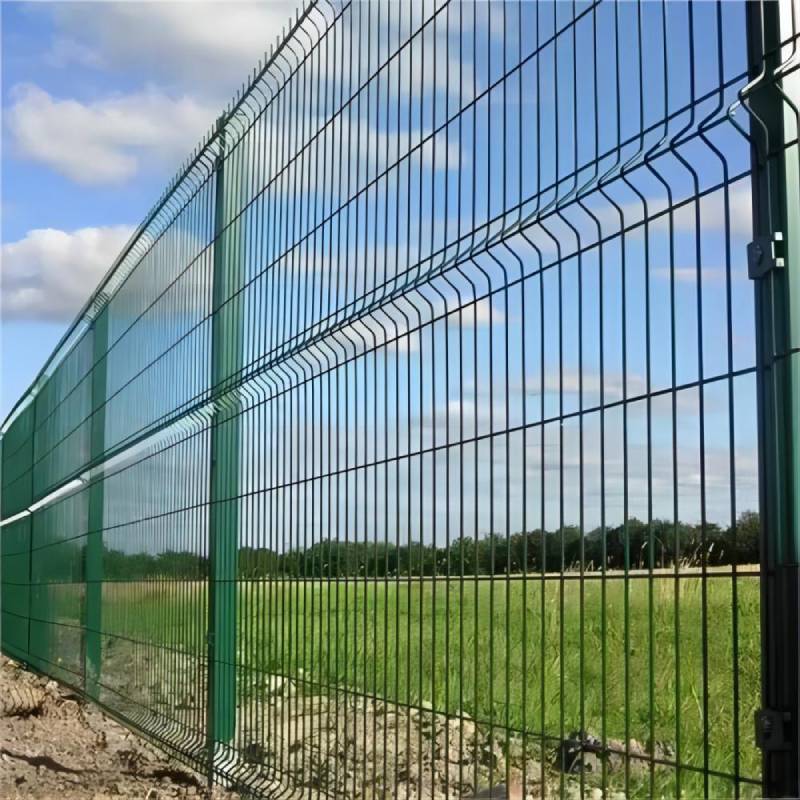Types of Nails for Wood - A Comprehensive Guide
Types of Nails for Wood A Comprehensive Guide
When it comes to woodworking, choosing the right type of nail is crucial for ensuring the strength and durability of your project. Different types of nails serve varied purposes and are designed to handle specific challenges in wood construction. Understanding these differences will help you select the most appropriate fasteners for your needs.
1. Common Nails
Common nails are the most widely used type of nails in woodworking. Characterized by their thick shank and flat head, they provide excellent holding power and are ideal for general construction tasks, including framing and sheathing. Common nails come in various lengths, allowing woodworkers to choose the right size for the thickness of the material being joined.
2. Finishing Nails
Finishing nails are designed for projects where appearance matters. They have a smaller diameter than common nails and a very small head that can be easily concealed. These nails are perfect for trim work, molding, and cabinets where you don’t want visible fasteners. Once driven into the wood, the heads can be sunk below the surface and filled with wood putty for a smooth finish.
3. Brad Nails
Brad nails are even thinner than finishing nails and typically have a smaller head. They are commonly used in delicate woodworking projects, such as attaching thin panels or trim. Because their diameter is so small, they can cause minimal damage to the material, making them perfect for detailed work. Brad nailers, which use these nails, are popular among hobbyists and professional woodworkers alike.
types of nails for wood

4. Decking Nails
As the name suggests, decking nails are specifically intended for outdoor projects like decks. These nails are typically made from corrosion-resistant materials such as stainless steel or galvanized steel to withstand the elements. The larger head helps provide a strong hold against the pressure of foot traffic and weather changes, making them ideal for exterior applications.
5. Roofing Nails
Roofing nails are designed to attach shingles and other roofing materials securely. They feature a large, flat head that prevents the shingles from tearing and a sharp point that allows for easy penetration. Roofing nails are also made from corrosion-resistant materials to ensure longevity and durability, especially since they are exposed to harsh weather conditions.
6. Spiral and Ring Shank Nails
Spiral and ring shank nails feature twisted or ridged designs that provide extra grip. These nails are particularly useful in applications where wood movement is likely, as they resist being pulled out. They are commonly used for decking, fencing, and other outdoor construction projects where additional holding power is necessary.
Conclusion
Choosing the right type of nail for your woodworking project can make a significant difference in the quality and longevity of your work. Common nails are ideal for robust structural applications, while finishes and brad nails are better for delicate projects requiring aesthetics. Decking and roofing nails are specifically designed for outdoor use, and spiral or ring shank nails provide additional holding power for applications with expected wood movement. By understanding the purpose and best applications for each type of nail, woodworkers can enhance the durability and appearance of their projects.
-
Space-Saving Chain Fence Hacks Vertical Gardening with Cyclone MeshNewsJul.16,2025
-
Innovations in Iron Nail Wire Production for Modern ConstructionNewsJul.16,2025
-
Creative Uses of Wire Netting Fence in Modern Landscape DesignNewsJul.16,2025
-
Barbed Wire Fence Innovations in Anti-Climb TechnologyNewsJul.16,2025
-
Architectural Uses of Umbrella Nails for Aesthetic Roof DesignsNewsJul.16,2025
-
Architectural Uses of Razor Barbed Wire in Secure Urban DesignNewsJul.16,2025




